When is a derivative work original and thus protectable by copyright? Classicist’s critical edition makes its way to Luxembourg in fresh Romanian CJEU referral
The IPKat
JANUARY 17, 2024
Translated into copyright language: a critical edition is an example of derivative work. As a result, his estate launched proceedings for copyright infringement. In 2017, the Regional Court of Bucharest held that the defendants had infringed the professor’s moral right of attribution.

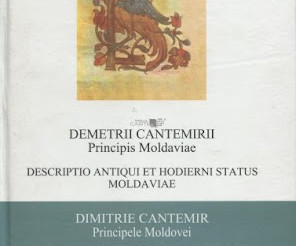
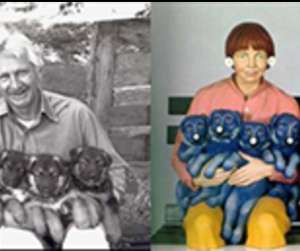
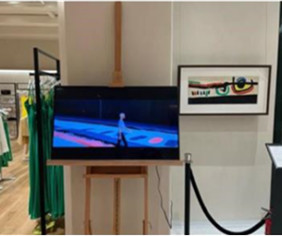
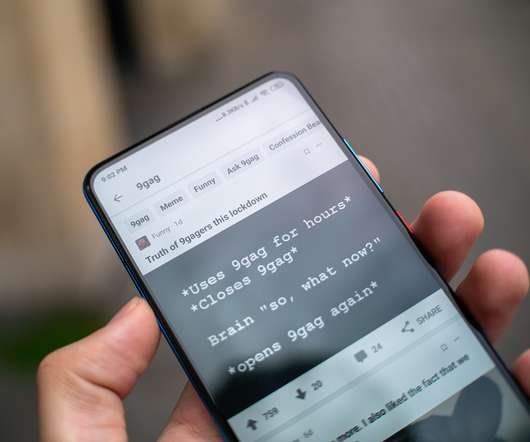
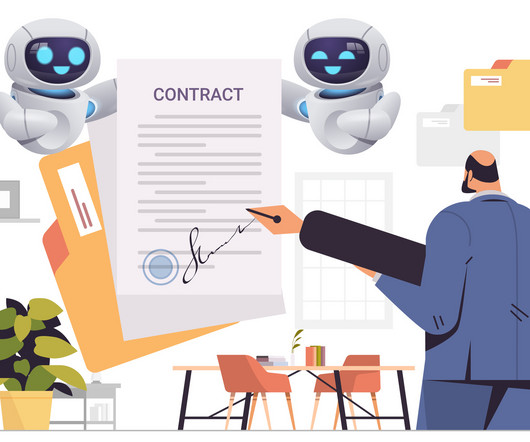
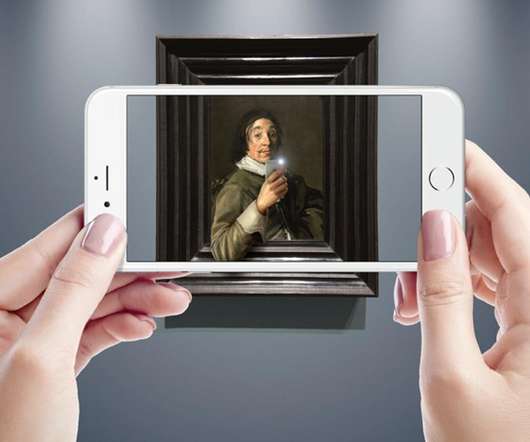
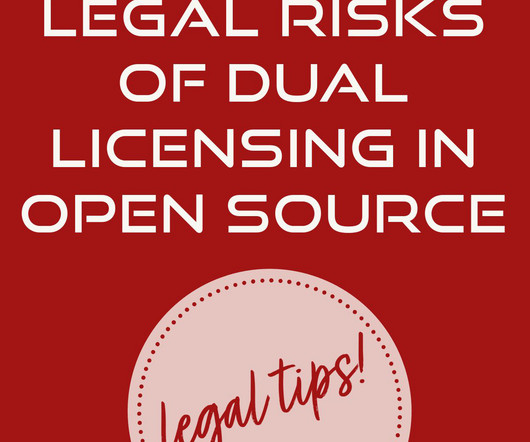

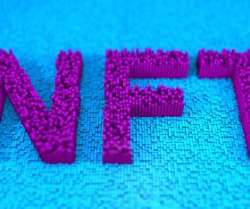






Let's personalize your content